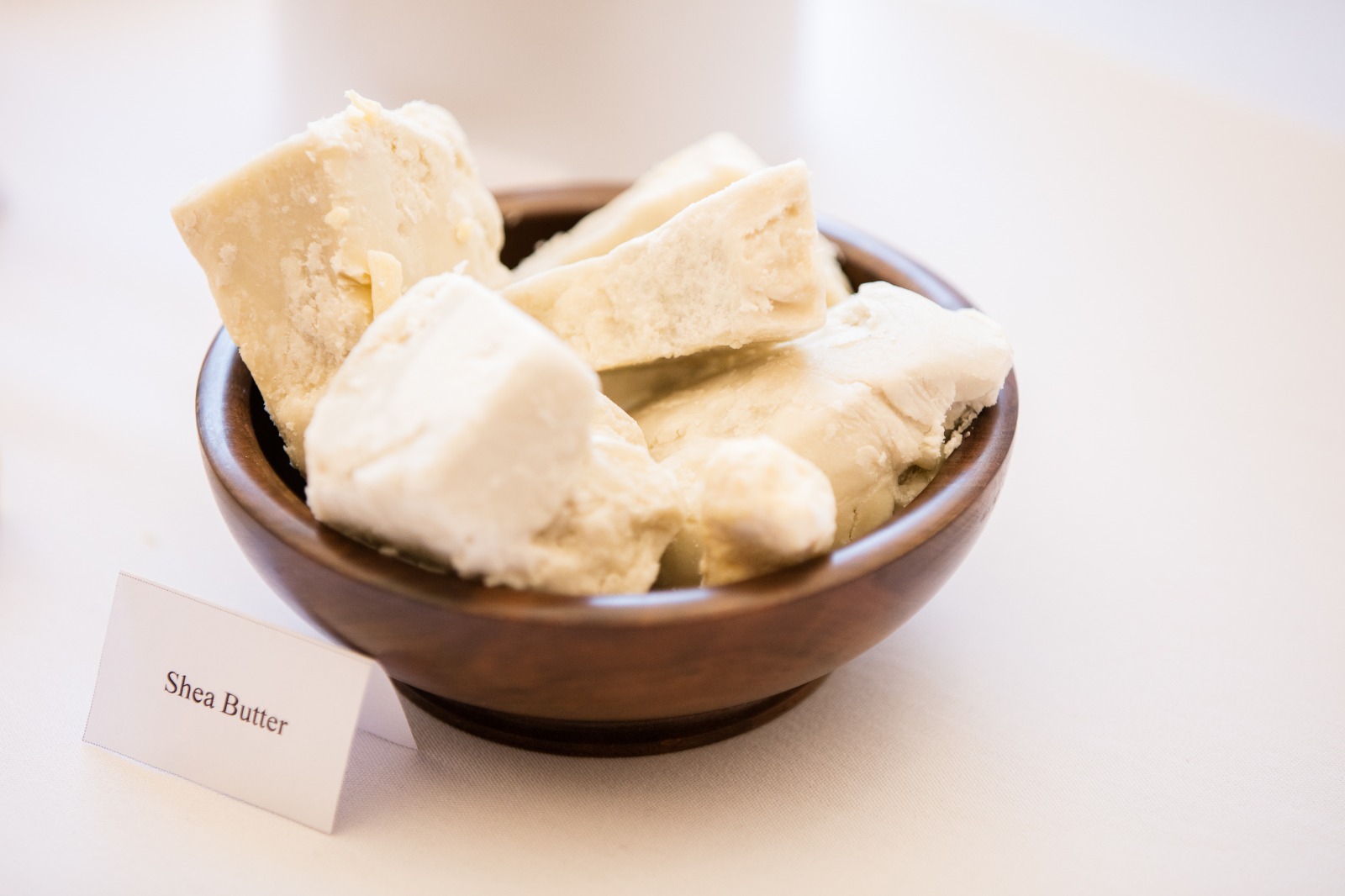Yellow Shea Butter, what is the difference.
Shea butter originally emerges in the shape of little off-white, beige, or ivory-colored nuts. Shea nuts go through a grinding process after parboiling. Although the yellow and white Shea Nuts are manufactured from the same nuts, they are processed in distinct ways. The turmeric yellow color comes from adding a root from the Borututu tree to the milling process for the yellow shea butter. Some people assume that palm oil is used to give yellow Shea butter its color, however yellow Shea butter is prepared in the same method as white Shea butter and does not require palm oil. As a result, they have many of the same traits. Although both the yellow and white shea butters come from the same Karite tree, they are prepared differently. The Karite tree can be found throughout Central and Western Africa. Shea Butter is currently available in a variety of grades, with Grade A being a white, unprocessed pure Raw Shea Butter that can be eaten and used in cosmetics. It has a higher percentage of Shea nuts than Shea butter grade B. Grade B Shea butter is now available in white and yellow, however it has fewer Shea nuts and appears to be softer than Grade A. Shea butter of grade B is solely suitable for cosmetic usage and should not be consumed. I suppose the phrase “few nuts” alludes to the fact that the Shea Butter Nuts shrink during the procedure. So when it claims it’s created with less Shea butter, that’s what it implies. Remember that the nuts are parboiled, dried, sorted, milled, boiled, covered, and set again, so the butter balls will get smaller as the process goes forward.



